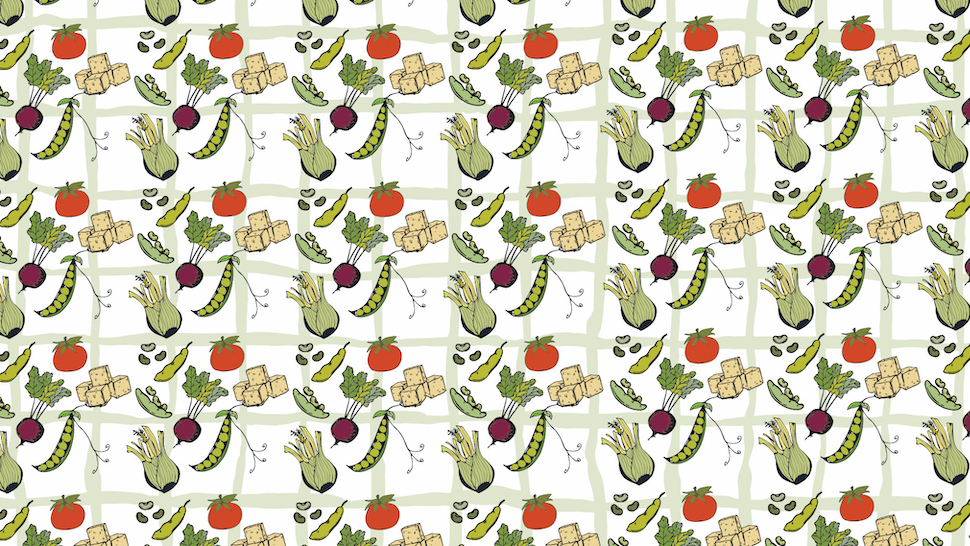Four Key Tips to Reduce the Climate Impact of your Food
- by bonappetit

Navigating the complexities of eating a low-carbon diet can seem tough.
Many of us have had the experience of questioning how our food choices impact the climate and the environment. These questions can feel overwhelming, especially if you’re trying to make a split-second decision about what to buy at a grocery store or figuring out if you should just throw out those Brussels sprouts that have been in the back of your fridge for a week.
These little decisions do add up, so it’s important to be fully informed about the impact of the choices you make, without straying into dogmatism. To prevent a kitchen calamity or existential crisis at Whole Foods or Wegmans, we’ve put together these handy-dandy tips that make low-carbon eating simple, easy, and (dare we say) fun.
Leaf no stem or root behind
A big source of food waste are the unused plant parts that typically get discarded after the food preparation process. Using stem-to-root cooking techniques makes a big difference! Try eating those broccoli stalks, or utilizing those banana peels. It’s important, because when food waste breaks down in an anaerobic environment like a landfill, it generates methane, a greenhouse gas that is even more powerful than carbon dioxide in the short term. That’s why it’s important to reduce food waste at every opportunity you can, buying what you need and freezing or storing what you don’t use immediately. Ultimately, some food waste is inevitable, and you can be a part of the solution by composting it at home or as part of a municipal or city-wide program.
Say “adieu” to meat and cheese (sometimes)
Emissions-heavy foods like beef and cheese are great sources of protein, but so are climate-friendly plants like lentils, beans, and other legumes. Try cutting down on the amount of animal protein in your diet by putting plants at the center of your plate and adding meat and cheese in a supporting role, as a garnish or side dish.
Avoid “flying food”
Most of us recognize that eating seasonal, regionally produced food is often a climate-friendly act, but when it comes to off-season or non-local food, did you know that how food travels is frequently much more important than how far it travels? Food that is boated, sent by rail, or even efficiently trucked to its final destination generates far less emissions than food that is shipped by plane. To avoid “flying food” look for seasonal and regional fruits and vegetables, or a seafood dish in a Bon Appétit café (we don’t purchase air-freighted seafood!)
Cut the plastic packaging… figuratively
Plastics are a hidden climate-change culprit you may not have thought about! Plastics are cheap and are used ubiquitously in food packaging resulting in significant impacts on the climate and our environment. Plastics are best thought of in a lifecycle – they start as petrochemicals that need to be extracted from the earth through processes like fracking, that sometimes bleed methane into the atmosphere. Down the line they’re transformed through emissions-intensive refining and manufacturing processes. After a consumer throws away a piece of plastic packaging, it’s either recycled (at a sadly low rate), landfilled, incinerated, or dispersed into the environment, where they eventually degrade into microplastics. Incredibly these tiny, often microscopic bits of plastic generate carbon dioxide, too. To stay as climate-friendly as possible, steer clear of plastic packaging as often as possible.